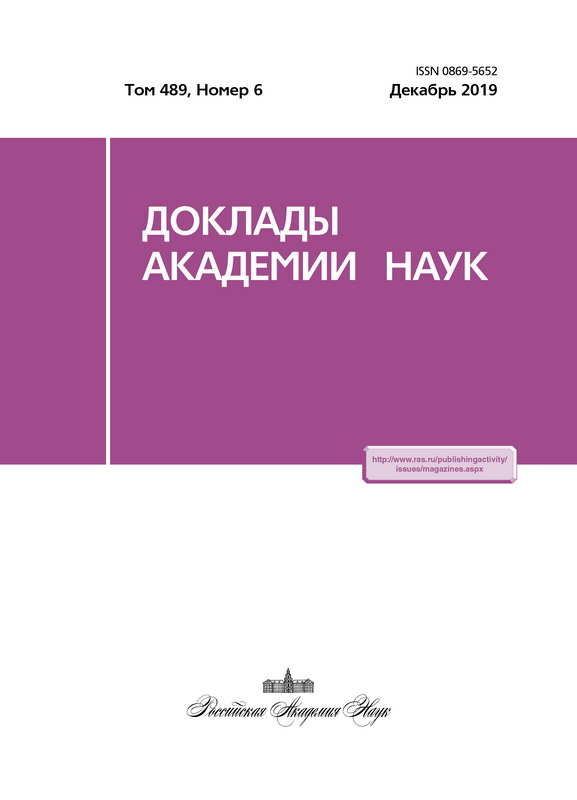Индивидуальность поведения рыб влияет на риск заражения паразитами
- Авторы: Михеев В.Н.1, Пастернак А.Ф.2, Таскинен Й.3
-
Учреждения:
- Институт проблем экологии и эволюции им. А.Н. Северцова Российской академии наук
- Институт океанологии им. П.П. Ширшова Российской академии наук
- Университет Ювяскюля
- Выпуск: Том 488, № 4 (2019)
- Страницы: 457-460
- Раздел: Общая биология
- URL: https://journals.eco-vector.com/0869-5652/article/view/17702
- DOI: https://doi.org/10.31857/S0869-56524884457-460
- ID: 17702
Цитировать
Аннотация
Влияние индивидуальных различий в поведении животных на заражение паразитами практически не исследовано. В экспериментах на сеголетках микижи Oncorhynchus mykiss и церкариях трематод Diplostomum pseudospathaceum проверяли гипотезу, что заражённость более активных и менее активных рыб различается. Будут ли индивидуальные различия в зараженности сохраняться при повторном заражении? Рыбы служат этим трематодам вторым промежуточным хозяином. Выявлена положительная связь между результатами последовательных заражений. Накапливаясь при последовательных заражениях, паразиты формируют агрегированное распределение среди хозяев, влияют на индивидуальную приспособленность и полиморфизм в популяции рыб. Устойчивые индивидуальные различия среди рыб в заражённости и, как следствие, уязвимости для хищников подтверждают роль паразитов как фактора отбора.
Об авторах
В. Н. Михеев
Институт проблем экологии и эволюции им. А.Н. Северцова Российской академии наук
Автор, ответственный за переписку.
Email: vicnikmik@gmail.com
Россия, 119071, г. Москва, Ленинский пр-т., 33
А. Ф. Пастернак
Институт океанологии им. П.П. Ширшова Российской академии наук
Email: vicnikmik@gmail.com
Россия, 117218, г. Москва, Нахимовский пр., 36
Й. Таскинен
Университет Ювяскюля
Email: vicnikmik@gmail.com
Финляндия, 40100, г. Ювяскюля, Семинаринкату, 15
Список литературы
- Barber I., Dingemanse N.J. // Philos. Tr. Roy. Soc. B. 2010. V. 365. P. 4077-4088.
- Budaev S.V., Mikheev V.N., Pavlov D.S. // Biology Bull. Rev. 2015. V. 76. № 1. P. 26-47.
- Gopko M.V., Mikheev V.N., Taskinen J. // Behav. Ecol. Sociobiol. 2015. V. 69. P. 1723-1730.
- Kekäläinen J., Lai Y.T., Vainikka A., Sirkka I., Kortet R. // Behav. Ecol. Sociobiol. 2014. V. 68. P. 197-204.
- Koolhaas J.M. // Brain Behav. Immun. 2008. V. 22. P. 662-667.
- Koprivnikar J., Gibson C.H., Redfern J.C. // Proc. R. Soc. Lond. B. 2012. V. 279. P. 1544-1550.
- Kortet R., Hedrick A.V., Vainikka A. // Ecol. Lett. 2010. V. 13. P. 1449-1458.
- Mikheev V.N., Pasternak A.F., Taskinen J., Valtonen E.T. // Parasites & Vectors. 2013. V. 6. P. 301.
- Mikheev V.N., Pasternak A.F., Taskinen J., Valtonen E.T. // Parasites & Vectors. 2014. V. 7. P. 281.
- Shaw D.J., Grenfell B.T., Dobson A.P. // Parasitology. 1998. V. 117. P. 597-610.
- Sih A., Bell A.M., Johnson J.C. // Trends Ecol. Evol. 2004. V. 19. P. 372-378.
- Sneddon L.U. // J. Fish Biol. 2003. V. 62. P. 971-975.
- Wilson D.S., Coleman K., Clark A.B., Biederman L. // J. Comp. Psychol. 1993. V. 107. P. 250-260.
- Wolf M., van Doorn G.S., Leimar O., Weissing F.J. // Nature. 2007. V. 447. P. 581-585.
Дополнительные файлы








